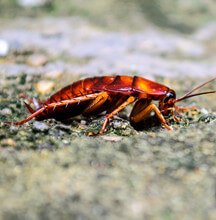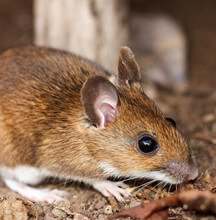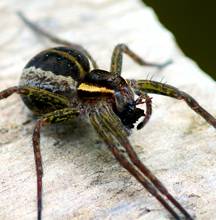Should I encapsulate a crawl space?
Over the past 100 years most homes had open or vented crawl spaces. The idea was a vent would allow "fresh" air to naturally circulate under the home. Although builders continue to use install crawl spaces, it is no longer considered a best practice. Home experts have moved to recommending encapsulation, a method of sealing the area so you can control environmental obstacles. With a vented crawl space a lot of energy is wasted causing high utility bills. Bugs, water and animals are often attracted to and create a home of their own in these spaces. They sneak in through open vents, cracks in your foundation or around entry ways. Crawl spaces are dark and musty, often providing ideal breeding grounds for a number of insects and pests that could potentially endanger your family. Installing a vapor barrier will change the environment of your crawl space, making it less attractive to insects and rodents.
By encapsulating your crawl space with a vapor barrier, you keep the crawl space under your home clean and free of pests. Installation is fairly easy, and can alleviate a number of problems that you may be having in your home.
The crawl space encapsulation process includes these 9 steps:
Step 1: Assessment of existing space and determination of needed work. May include consideration of standing water, open vents and spaces and future space usage.
Step 2: Debris and water removal, drying process, rid space of any organic material possible. Installation of vapor barrier.
Step 3: All vents, holes, cracks and areas where air can penetrate are sealed in the crawl space.
Step 4: Install vapor barrier, a 20 mil polyester cord reinforced plastic is secured along the ground, column and walls of your crawl space. Another option is a see-through wall covering for pest control.
Step 5: The top of the plastic is caulked to prevent water vapor from rising above the encapsulation and into the crawl space.
Step 6: All seams are sealed, so that water vapor in the crawl space is prevented.
Optional steps for some jobs include:
Step 7: Install drainage system and sump pump to extract water ongoing.
Step 8: Install crawl space access door.
Step 9: Install dehumidification system designed specifically for crawl spaces.
Getting a crawl space encapsulation quote now or click here to read more about the process. View this video about WhiteCap vapor barrier. Here is a video about the process to better understand how encapsulation works.





